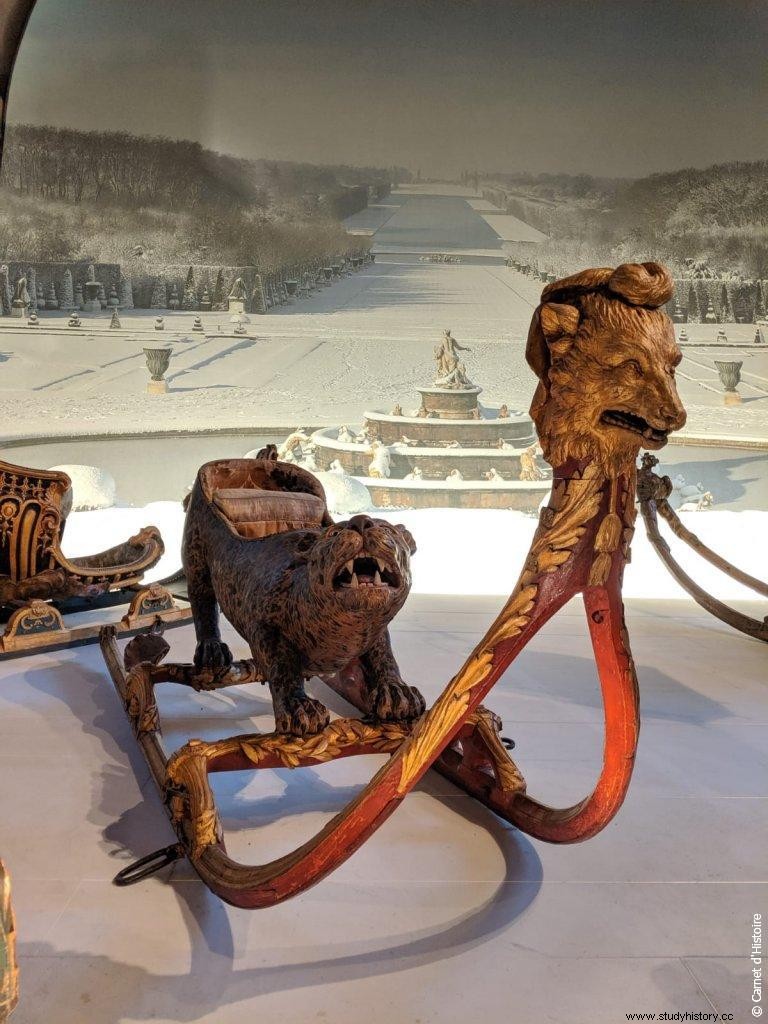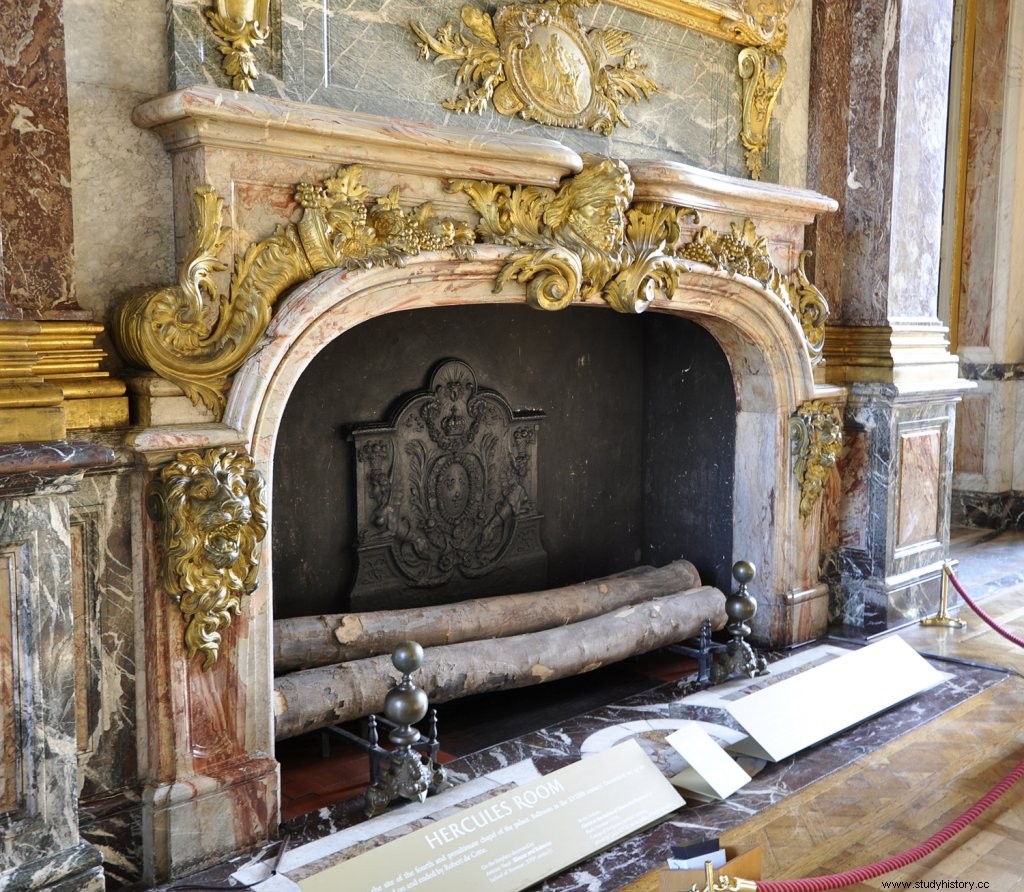During your visit to the Palace of Versailles, you were unimpressed by the size of this building. The Château has in fact 2,300 rooms. And you have certainly asked yourself this famous question:how was the Palace of Versailles heated? We imagine that the summers must have been particularly pleasant there, but the winters were a little harsher to bear.
Freezing winters at the Palace of Versailles
We often talk about global warming. Winters are now much less harsh than in the past. Snow is often expected in Île-de-France in winter. But back then it was much more common. When the snow appears during winter, the gardens of the Palace of Versailles are transformed into a real playground. The courtiers then took out the sledges, and had fun sliding down the aisles of the Palace of Versailles. We imagine that it must have been a real pleasure. But the interiors of the Palace of Versailles were much less pleasant to live in, and comfort was not in order. Drafts were frequent, and daily life at the Palace of Versailles then became unbearable. The courtiers then used the D system. Furs, blankets and gloves were then required to resist the sometimes freezing temperatures.

One of the harshest winters took place in 1709. France was then covered by freezing cold, the Palace of Versailles was not spared. For several weeks the thermometer so -20 degrees in the Castle. And all associated with the drafts that crossed the rooms, the windows being poorly insulated. Water and wine literally turned into ice cubes.
Heating the Palace of Versailles:a money pit for the Crown
In order to make life more comfortable for courtiers and the royal family, it was therefore important to heat the Palace of Versailles. But you can imagine the cost of heating so many rooms. Coal being used for cooking, the Palace of Versailles was heated with wood. But this had a huge cost and required a lot of material to satisfy everyone. At the end of the 18th century, the equivalent of 1,200 hectares of forest were burned for a single year of heating at the Palace of Versailles. We can therefore imagine the real financial chasm that this represented per year. But this is not the only negative point.

Ceramic fireplaces for heating
In the 18th century, the Palace of Versailles had more than 1,300 fireplaces. Given the number, you are probably thinking that this is more than enough. But the height of the rooms made them difficult to heat. And that combined with poorly insulated windows, comfort was not there.
You may have noticed it during your visit, the fireplaces of the Palace of Versailles are quite simply sumptuous. They are true works of art. The fireplaces of the Palace of Versailles were indeed not designed to heat the castle, but more to be ceremonial objects. The chimney fires transformed the Palace of Versailles into a veritable fire. The 1300 chimneys of the Palace of Versailles made a lot of smoke and dirty everything in their path, turning the rooms black. The Palace of Versailles, in addition to being very cold, was also becoming unbreathable.
Installation of cast iron stoves at the Palace of Versailles
In order to solve this heating problem at the Palace of Versailles, cast iron stoves were installed in the secondary rooms. Some courtiers did not find these objects to their liking, so it was decided to favor elegance over comfort. Even if the cast iron stoves heated the Palace of Versailles much more, and cost less money, they were not installed in all the rooms. In addition to being unsightly, these objects had a very risky system. It was indeed necessary to install pipes in the heart of the castle in order to evacuate the smoke. They were installed in such a way that fire threatened at any moment. One wonders how the Palace of Versailles did not turn into a big fire.
Louis XIV, the King who was never cold
Perhaps he gets his endurance in the cold from his nickname, the Sun King. Be that as it may, despite the freezing cold that resided during the winter in his residence, King Louis XIV never complained of the cold. And he felt that if he could easily endure the cold at the Palace of Versailles, his Court should do the same. Thus, he could not bear to hear the complaints of his entourage about the cold at the Palace of Versailles. Maybe that's why the heating system was never really thought out during its construction? In any case, under Louis XIV the motto was to be “keep cold and shut up!” ". Even the wives of Louis XIV should not complain.
What about today ? How is the Palace of Versailles heated today? Even if the heaters exist, we imagine that it is very difficult for the Palace of Versailles to heat itself, even if the winters are less harsh. This must represent a significant cost. The Île-de-France region has announced that a feasibility study has been launched for the Palace of Versailles to be heated again with wood. This allows to reduce costs, but also to fight against global warming.
Main picture:©EPV / Thomas Garnier
Source:
– The Palace of Versailles website
